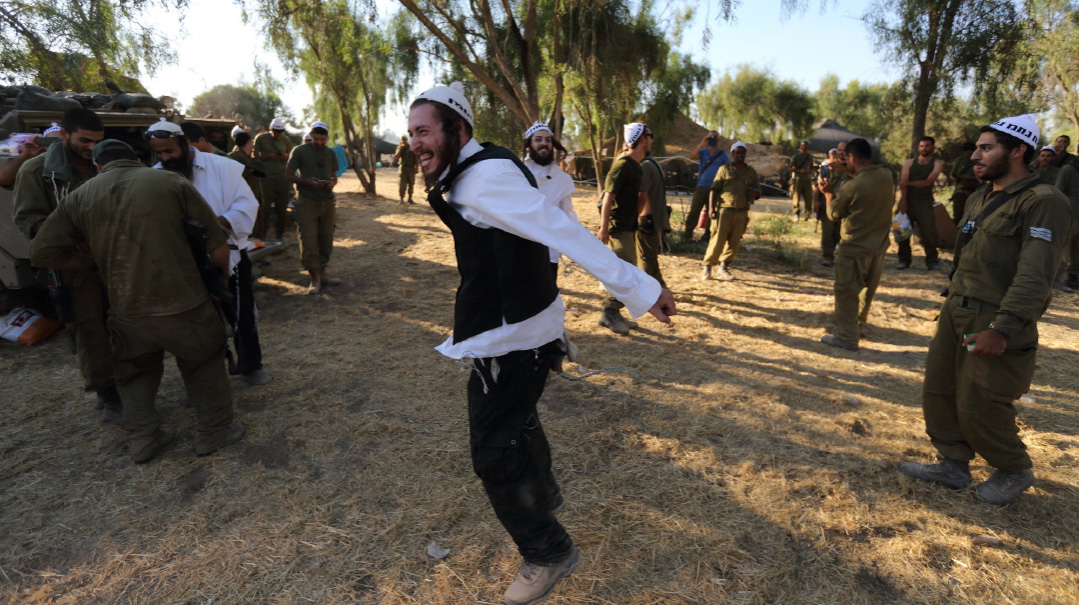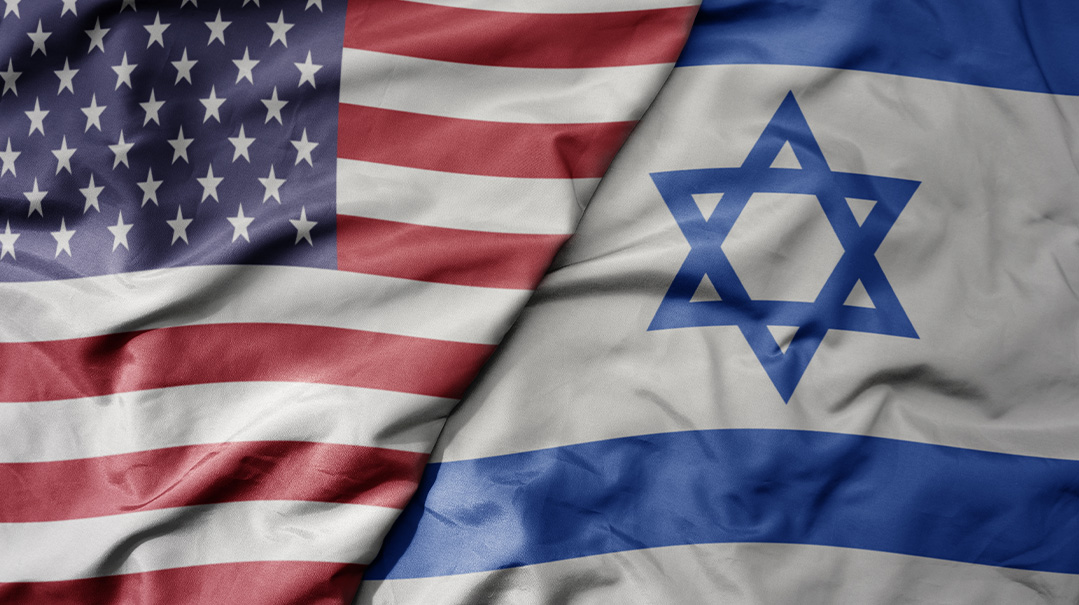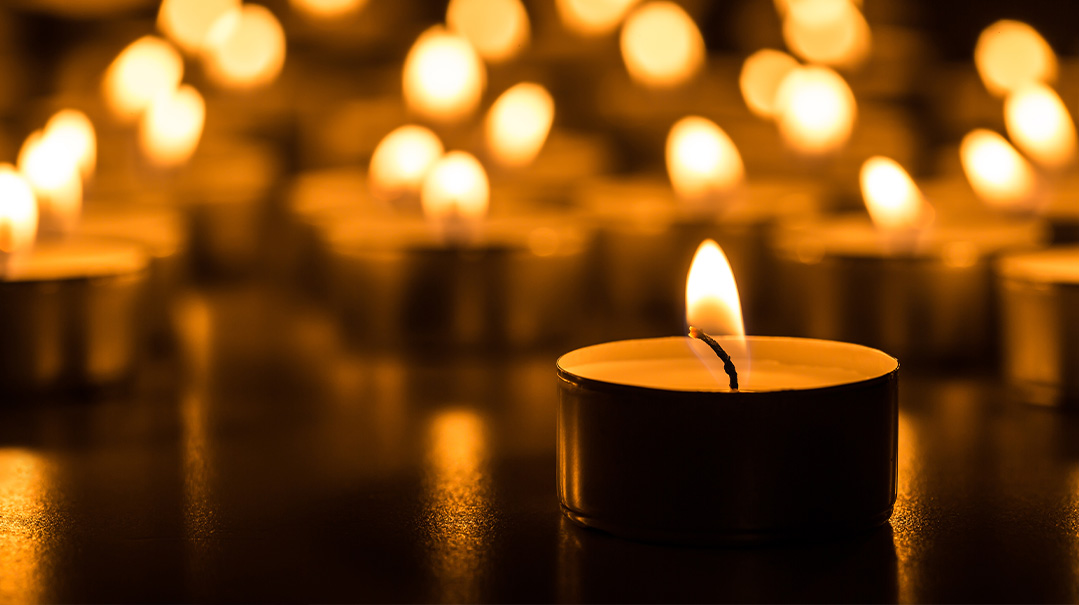Go Forth and Argue

America cannot afford to turn its back on longstanding traditions of civil discourse
T
his week’s feature (“Let’s Debate That,” page 70) deals with the increasing infiltration of American high school debate by progressive ideology. Ironically, that infiltration is taking place at a time of mounting evidence that the principles of high school debate, as it once existed, constitute the most effective response to the current cultural rancor, and can significantly improve educational outcomes.
Nearly any successful high school debater of the last 50 years will point to high school debate’s emphasis on evidence-based reasoning as his or her most formative high school educational experience. Among the lessons imbibed were that there are various possible solutions to any particular societal problem, and with respect to any given solution, the costs must be weighed against the benefits.
Debaters also learned that if a topic is worth debating, there are likely at least two sides to the issue. Indeed, in many of the top tournaments of my day, teams were required to switch between the affirmative and negative sides every other round.
Debate taught us to think about the weaknesses of our own positions and anticipate the attacks likely to be launched on those weak links. I doubt I could have won the Yale Moot Court competition — the results of which are largely determined by the ability to anticipate the questions from the judicial panel in front of one and answer them on the spot — without my debate background.
New York Times columnist Bret Stephens’s recent commencement address at the University of Chicago, “Go Forth and Argue,” in which he extolled the principles that he took away from a University of Chicago education, can serve well as a summary of what used to be learned in high school debate. (I was fortunate enough to experience both the University of Chicago — Stephens’s address was delivered on my 50th reunion weekend — and competitive debate.) This being 2023, there were protests at the invitation to a conservative speaker and a few graduating students who walked out. But this being the University of Chicago, Stephens was able to speak without further ado.
In describing what had always made the University of Chicago great, Stephens noted “the conviction that to think clearly, we must be able to speak freely; that to disagree intelligently, we must first understand the views of our opponents... that to change people’s minds, we must be open to the possibility that our own minds might be changed. All of this asks us to listen charitably, argue candidly, consider deeply, examining and re-examining everything, above all our own deeply held convictions — and, unlike at so many more universities, to respond to ideas we reject with more and better speech, not heckling or censorship.”
As Stephens explicitly acknowledged, such openness to listening to opposing views and tolerance of different opinions does not exactly characterize the American campus today. The free speech absolutism of my college and law school days is a dusty remnant of the past. In a recent survey of Princeton students, 76 percent said that shouting down speakers to prevent them from speaking on campus is acceptable; nearly half support a ban on “offensive speech”; and 43 percent justified blocking other students from attending a campus speech.
Princeton students, in the main, clearly do not subscribe to Stephens’s view that “a serious education is impossible except in an environment of unfettered intellectual challenge — an environment that, in turn, is impossible without the opportunity to encounter people and certain views with whom and with which you might profoundly disagree.”
Robert George, professor of jurisprudence at Princeton, has identified the central problem as a lack of viewpoint diversity on campus: “The core of the problem is that woke students, being constantly confirmed in their beliefs and not having them challenged, come to suppose that they are self-evidently true to any reasonable and decent person, and that anyone who does not share them must be a bigot.”
(He was not responding to the Princeton survey, but rather to the recent incident at Stanford’s number-two-ranked law school in which students prevented a federal appeals court judge from speaking and a law school dean lectured him on his effrontery in coming to Stanford.)
Professor Eric Kaufmann of University of London supports George’s linkage of woke ideology with intolerance of opposing views, in a Free Press article entitled “The Indoctrination of the American Mind.” He begins by establishing the ubiquity of the teaching of critical race theory. In a survey he conducted of 1,500 Americans between 18 and 20 years old, 90 percent had been exposed in school to the precepts of CRT, and in seven out of ten cases, those beliefs were presented as fact, or as the only responsible view. Among the axioms of CRT are support for affirmative action and equality of outcomes over color-blindness and merit-based selection.
In multiple FIRE (Foundation for Equal Rights) large-scale surveys between 2020 and 2022, the relationship between progressive indoctrination and intolerance of other viewpoints stands out. Between 65% and 85% of undergraduates say that universities should not permit speakers who label BLM a hate organization or who argue for bans on abortion.
In direct support of Professor George’s thesis that a lack of exposure to different viewpoints leads to viewing political opponents as immoral, 44 percent of white liberals under 25 subscribe to the view that “people who disagree with me politically are immoral.”
Another finding cited by Kaufmann was that 68 percent of those exposed to six principles of CSJ live in fear of being shamed, punished, or expelled for expressing heterodox opinions on controversial subjects. And well they should. Over four-fifths of the 18-25 cohort, for instance, support Google’s 2017 firing of senior software engineer James Damore, who holds a PhD from Harvard, for suggesting in an internal memo that some gender differences in the Google workforce can be explained by differences in interests and goals between men and women.
THE ESSENCE OF DEBATE as it was once known was that it forced competitors to confront views different from those for which they were advocating, and to try to refute those views with logic and evidence. Shouting down opponents would have resulted in instantaneous disqualification.
But encouraging reasoned discussion is not the only benefit of debate. My law school classmate and Brookings Institution Fellow Robert Litan has written an entire book advocating debate-centered instruction (DCI), Resolved: Debate Can Revolutionize Education and Help Save Our Democracy. (The late Rebbetzin Yehudis Perlow advocated some variant of a debate-centered curriculum for secular studies in a long-ago issue of the Jewish Observer.)
The introduction of debate into the curriculum, Litan argues, stimulates student interest. As anyone who has grown up in a beis medrash knows, argument is exciting. And the heightened engagement leads to significantly improved educational outcomes, particularly among minority communities. He cites two studies of urban schools, one in Chicago and the other in Baltimore, showing that introducing debate as a central feature of the curriculum improves students’ academic performance, especially that of minorities and girls.
Litan’s book profiles Les Lynn and Mike Wasserman, like him formerly successful competitive debaters, who have been promoting DCI (debate centered instruction). Almost any unit of study can be taught through classroom debate. For the very youngest kids, the debate might be about whether dogs or cats make better pets. But the topics soon become more sophisticated: for instance, should the United States have entered World War I?
Lynn and Wasserman have been analyzing student performance in schools with largely nonwhite student populations for over five years, and reported substantial gains in students’ standardized test scores, grades, and attendance after DCI was instituted. The former principal of a largely minority high school near Chicago told Litan that DCI actively engaged students in teaching themselves and their peers.
Numerous parallel initiatives, often led by debate coaches, are spreading across the United States. Litan writes that there are several DCI training models to choose from, all of which involve teacher training during the summer, and some ongoing mentoring of the teacher participants during the school year. Two New York high school teachers and debate coaches, Steve Fitzpatrick and Radley Glasser, for instance, have developed a remote mentorship program to provide training and supervision in DCI nationwide.
And it turns out that the educational gains from DCI found by Lynn and Wasserman occur at every level. Chris Medina, formerly the debate coach at Wiley College — a historically black college that captured the 1935 national collegiate debate championship, as portrayed in the film The Great Debaters — found in his PhD thesis unusually large and statistically significant gains in the reasoning ability of Wiley students taught through DCI techniques.
At a time of unparalleled social division, America cannot afford to turn its back on longstanding traditions of civil discourse based on tolerance and engagement with opposing arguments. And at a time of plummeting test scores, it cannot afford to turn its back on the potential of debate to engage students and encourage them to think better.
(Originally featured in Mishpacha, Issue 968. Yonoson Rosenblum may be contacted directly at rosenblum@mishpacha.com)
Oops! We could not locate your form.







